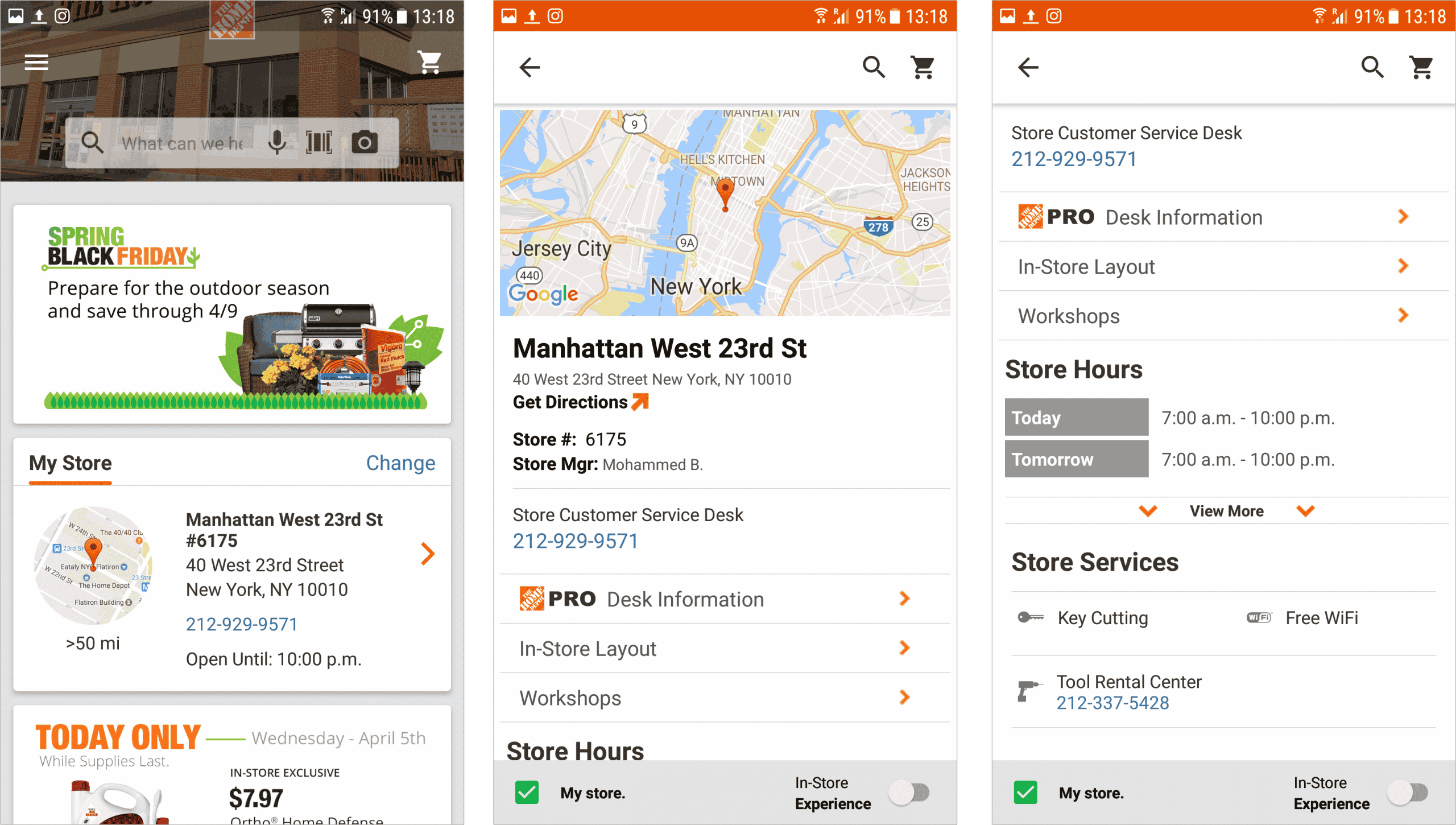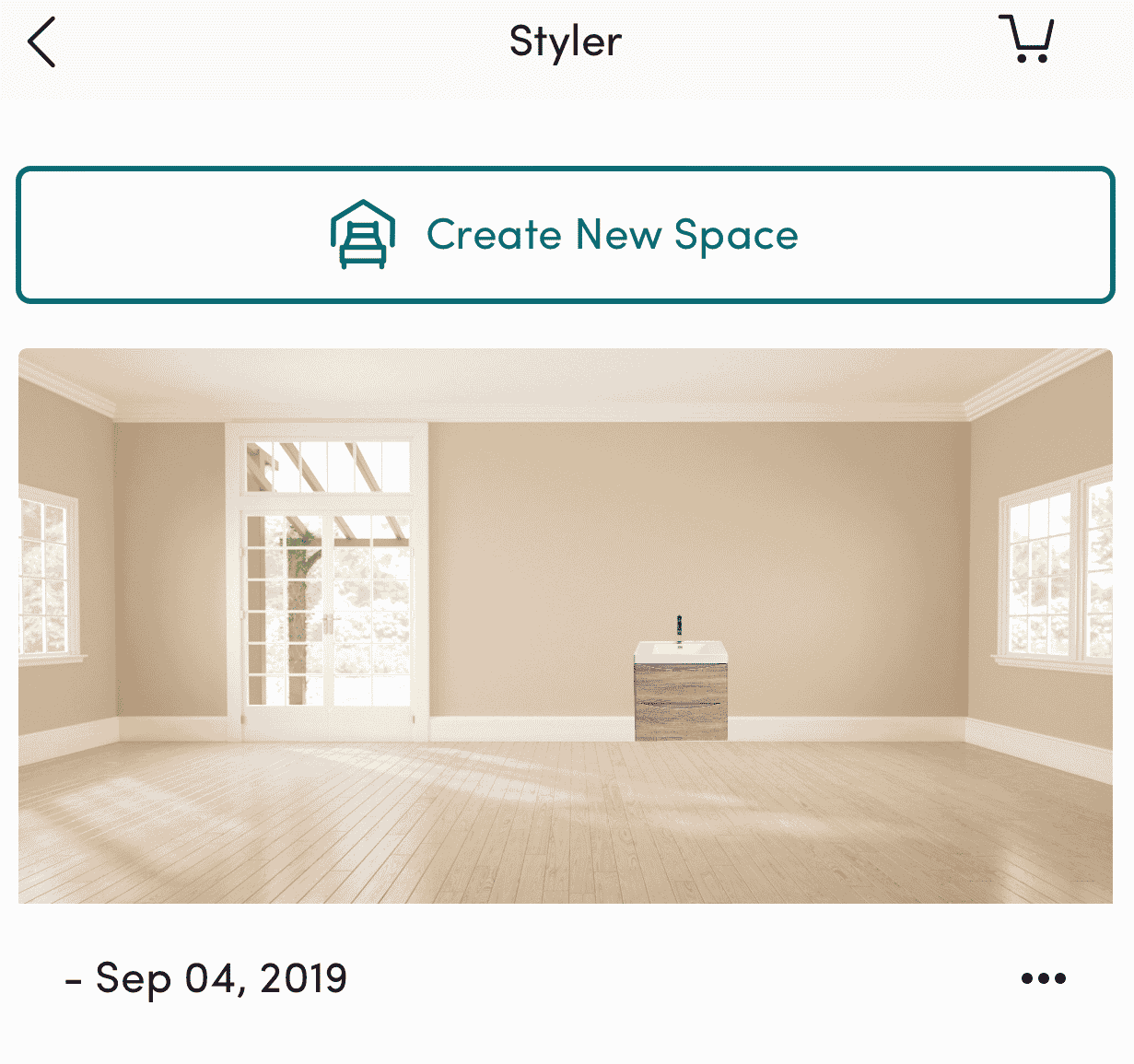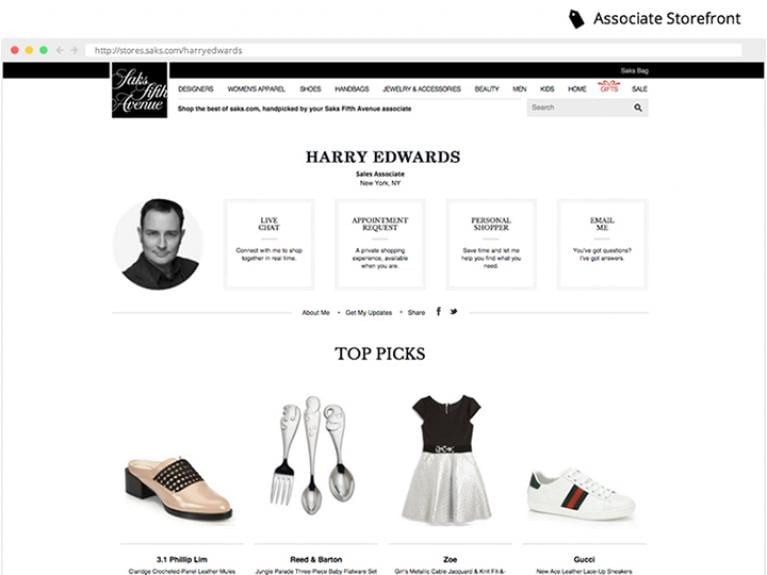Article
Dissecting the Dark Horses: The Retail Personalization Index’s Top 5 Upsets
September 18, 2019

At Marigold Engage by Sailthru, we’ve always emphasized personalization as an essential business strategy. Determined to get more brands on board with that, we launched the Retail Personalization Index, an exhaustive research project centered on evaluating a retailer’s personalization capabilities across web, email, mobile and even offline.
In its third year, the Retail Personalization Index’s most exciting takeaway is, brands keep getting better.
Sephora continues to excel at personalization, ranking in first place for the third year in a row. The iconic beauty brand has always created a first-rate experience tailored to their consumers’ needs. This year, Sephora was joined at the top by several brands that showed a remarkable improvement. The Home Depot came in fourth place after not even ranking in last year’s Index.
Here’s a look at five retailers that achieved the most dramatic jumps in ranking from 2018:
The Home Depot: From “Didn’t make the cut” to 4th Place
The Home Depot has made major efforts to accommodate changing consumer shopping habits in the past year. Matt Jones, The Home Depot’s senior director of digital strategy, observed that customers want a more convenient and frictionless shopping experience.
To that end, The Home Depot took steps to ensure a smoother and more convenient shopping experience for their customers. The cornerstone of these efforts is The Home Depot app, which offers customers many digital features that facilitate a better retail experience, including access to order history, recently viewed items, and advanced product search options.

The Home Depot also understands that it can be challenging to visualize how something will look in their homes. That’s why the app also has an augmented reality feature that lets customers use their smartphone cameras to see how a new cabinet or paint color would look in their homes.
Ulta: From 57th to 7th Place
Making huge strides in personalizing its offerings over the past year, Ulta revised its digital strategy to focus on giving customers more relevant product recommendations. In addition, the beauty giant developed a virtual beauty advisor tool and a virtual try-on app called Glam Labs to help customers choose the right products. Ulta is working on adding more website personalization features based on their customer’s previous behavior interacting with the site.
Ulta revamped its loyalty program, a huge factor in the brand’s high score on the Retail Personalization Index. While the brand held onto its points system, it no longer gives out preselected products as rewards.
Instead, Ulta hands out store credit to customers so they can choose products for themselves. Since many higher-end brands rarely offer discounts, shoppers can apply store credit to these more expensive beauty products.
Wayfair: Moved up from 42nd to 9th Place
Another home goods retailer toward the top of the Retail Personalization Index, Wayfair excels at personalized digital experiences. In addition to personalized recommendations on its website and app, customers have tons of options to help them visualize how an item would look in their homes.
In addition to using augmented reality, Wayfair customers can upload pictures of an item they’re looking for. Creating a virtual room around a certain style is also an option.

Wayfair also excels at personalizing email campaigns. The brand personalizes 71% of its emails, sending messages tailored to shoppers’ search and order history. For this reason, Wayfair scored the highest among retailers in Coherent Path’s email effectiveness study, an impressive accomplishment.
Chairish: From 57th to 14th Place
Online furniture retailer Chairish is another brand that’s embracing augmented reality to help customers choose the best products for their homes.
Recently, Chairish launched an app that lets customers view items in their space. Customers can use their iPhone’s camera to look at their room with an overlay of the item to get a sense of how it would look. They can also take a picture and share the image with others over email, chat, or social media.
Chairish also launched Drop Off & Go, a service to make furniture shipping less of a hassle. Shoppers can print out a prepaid shipping label and drop off their item at a UPS Store. There, professionals pack their items, saving time and reducing the risk that items will get damaged in transit.
Saks Fifth Avenue: From “Didn’t make the cut” to 25th Place
Saks Fifth Avenue is another dramatic upset, coming in 25th place after not making last year’s Personalization Index The luxury brand’s personalization efforts primarily revolve around bringing its in-store experience to online shoppers.
Using ecommerce technology, Saks’ sales associates create customizable saks.com pages for their customers, featuring hand-picked products. In addition, this technology allows salespeople to communicate with customers online and offer personalized service through chat, email, or scheduled appointments.

Saks has even launched a personalized video ad campaign based on customers’ browsing and search history. Displaying targeted content, Saks shows customers what’s more relevant to their specific interests.
Click here to learn more about the Retail Personalization Index, which brands excelled and what set them apart, and how you can improve our personalization efforts.
The State of Brand Loyalty in the U.S. in 2023
Related



